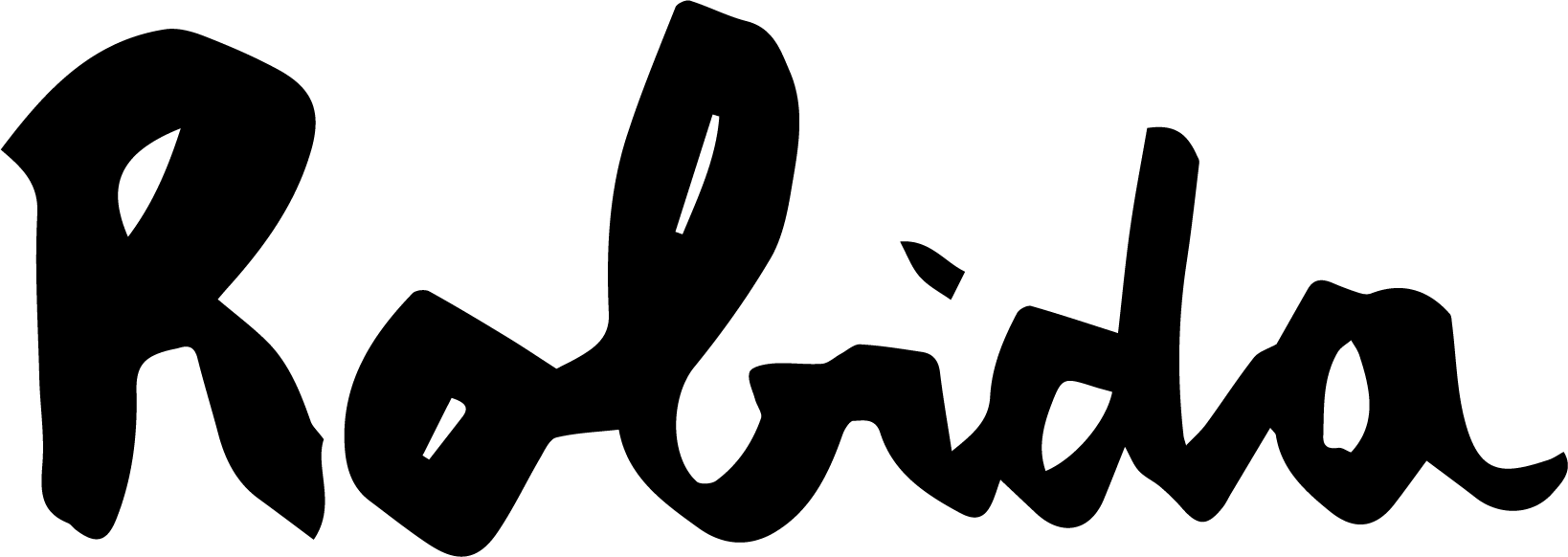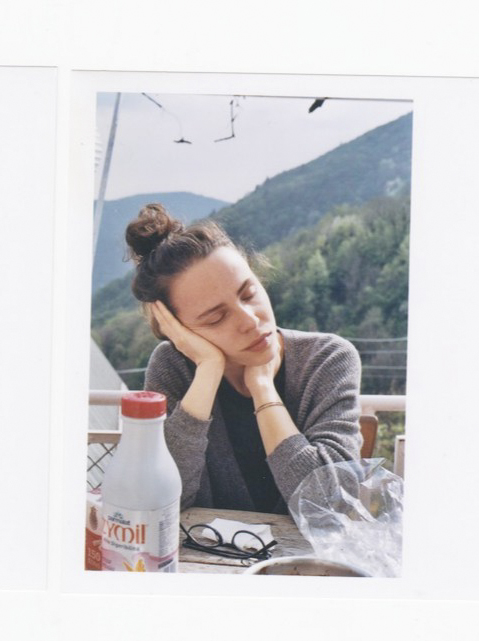Laura Savina studied Contemporary Art History in Rome, graduating with a thesis on the importance of astonishment. She is currently pursuing a Master's degree in Storytelling Techniques. She is interested in stories, inventing, listening and reading them. When she does not want to forget something she draws it. Laura works as an illustrator and graphic designer, is almost always away from home, prefers cats to dogs and water to land.
È possibile instaurare un dialogo senza cadere nel pregiudizio?
contact: laura@robidacollective.com

